A Brief History of European Sewing Machine Manufacturers
Elna, Bernina, Necchi, Pfaff, Viking, and Singer
Singer, Viking, Pfaff, Elna, Necchi, & Bernina . . . .
Beyond manufacturing sewing machines, each of these companies all have something in common: they all have roots in Europe and they have all undergone dramatic changes in the past 30 years.
This edition of The Sewing Machine Newsletter will briefly cover the history of each of these companies. I believe that by understanding their history, we can attain a better understanding of the terrain of the sewing machine landscape in 2025.
I hope you find it interesting.
-Cale
Elna
Elna is a Swiss company that manufactured sewing machines during the 20th century, many of which had a very innovative modern design. The company was founded in 1934, but it truly made its mark in 1940 with the release of the Elna #1, also known as the Grasshopper due to its green color and foldable knee lever.
One could argue that Elna’s most iconic machine is the Elna Lotus, which was designed with a built-in hard protective case that can open and close like a flower in bloom. Due to its modern design, the Lotus has been included in collections at The Museum of Modern Art.
Despite a solid reputation for Swiss engineering, Elna faced financial difficulties in the late 20th century. In 1996, the company was acquired by the Japanese manufacturer Janome, which continues to produce Elna-branded sewing machines today. While modern Elna machines are no longer Swiss-made, they still retain a reputation for reliability and user-friendly design.
Necchi
Necchi was an Italian sewing machine manufacturer that thrived in the post-World War II era, particularly during the 1940s and 1950s.
Like Elna, the Necchi brand that enthusiasts came to know and love in the mid-20th century no longer exists as an independent company. While sewing machines bearing the Necchi logo are still available today, ownership of the brand has changed over time. In the 2000s, Janome acquired the Necchi name, producing high-quality Janome-built models such as the Necchi EX30, EX60, and EX100. However, that is no longer the case. As of 2025, the Necchi name still appears on sewing machines, but the identity of the current manufacturer remains unclear.
Singer
Singer is an American company founded in the 1850s, but it earns a place on this list due to its significant manufacturing presence in Europe. In the early 20th century, Singer produced thousands of machines in its Scottish factories and, in 1905, formally established the Singer Manufacturing Company Ltd. in the United Kingdom.
Singer’s history is truly fascinating. In the 1850s, the company was embroiled in the heated controversy over the invention of the sewing machine. While Singer’s models incorporated the eye-pointed needle and lockstitch mechanism, this fundamental design was originally patented by Elias Howe, who successfully sued Singer for patent infringement in 1854.
During World War II, Singer halted sewing machine production to fulfill government contracts for weapons manufacturing. This was just one of many moments where the company played a pivotal role in historical events. From pioneering mass production techniques to shaping the global sewing industry, Singer’s legacy is as complex as it is influential.
For the purposes of this article, it’s important to note that while Singer sewing machines are still manufactured today, the company that dominated the industry in the 19th and 20th centuries has changed ownership multiple times.
In 1999, Singer filed for bankruptcy and was acquired by Kohlberg & Company, a private equity firm specializing in leveraged buyouts. In 2006, Kohlberg expanded its holdings by acquiring Husqvarna Viking and Pfaff, then merged all three brands into what is now SVP Worldwide. The company also relocated its headquarters to Hamilton, Bermuda.
Ownership changed again in 2018, when Ares Management, a publicly traded global asset manager based in Los Angeles, purchased SVP Worldwide from Kohlberg & Company.
Pfaff
Pfaff is a German sewing machine company with roots dating back to the 1860s. For many years, all Pfaff machines were manufactured in their Kaiserslautern, Germany factory, though the company later expanded production to a second facility in Czechoslovakia.
During the 1980s and 1990s, Pfaff was regarded as one of the best sewing machine manufacturers in the world, rivaling Bernina in quality and precision. When my father first taught me how to repair sewing machines, he started me on the Pfaff platform—a testament to the brand’s durability and engineering excellence.
In 1999, Pfaff was acquired by Husqvarna Viking.
Viking
Viking is a Swedish sewing machine brand with origins dating back to the 1870s. The company is perhaps best known for its innovations during the early days of computerized sewing machines. If I’m not mistaken, Viking was the first to introduce a machine with an electric presser foot lift (also known as the pivot feature), a groundbreaking advancement in sewing technology.
In 1999, Viking acquired Pfaff, bringing together two of Europe’s most respected sewing machine brands. Then, in 2006, Viking itself was purchased by Kohlberg & Company, a private equity firm that had already acquired Singer a few years earlier. This led to the formation of SVP Worldwide, a new parent company uniting the three iconic brands—Singer, Viking, and Pfaff—under one corporate umbrella, with headquarters in Hamilton, Bermuda.
Ownership of SVP Worldwide changed hands again in 2018, when Ares Management, a global asset manager based in Los Angeles, purchased the company. Just three years later, in 2021, SVP Worldwide was sold once more—this time to Platinum Equity, a U.S.-based private equity firm specializing in leveraged buyouts across North America, Europe, and Asia.
Bernina
To this day, Bernina remains the only family-owned sewing machine manufacturing company left in the industry. The Swiss company still produces a limited number of machines in Switzerland, but most of their machines are now manufactured in their solely owned and operated factories in Thailand.
Bernina machines have a very unique place in the sewing machine landscape. The company’s trajectory over the past 50 years is fascinating, and I think the argument could be made that Bernina’s ability to evolve their sewing machine philosophy over time is why they are the only European manufacturer to remain intact.
Bernina owners are probably the most loyal out of any other cohort of machine owners, and I can see why. They are the only manufacturer whose machines still use an all-steel front-loading bobbin system (B9 Rotary Motion and CB Oscillating Motion), giving the Bernina user an industrial-esque experience. They combine this traditional old-world feel with incredible innovation— for example, the Bernina Stitch Regulator (BSR) for free motion quilting, built-in dual feed, oversized “Jumbo” bobbins, and more.
If you want to learn more about Bernina, check out the 2023 article I wrote about the history of the Swiss manufacturer:
Thank you for reading!
Feel free like, comment, or share this article with fellow sewists.
-Cale




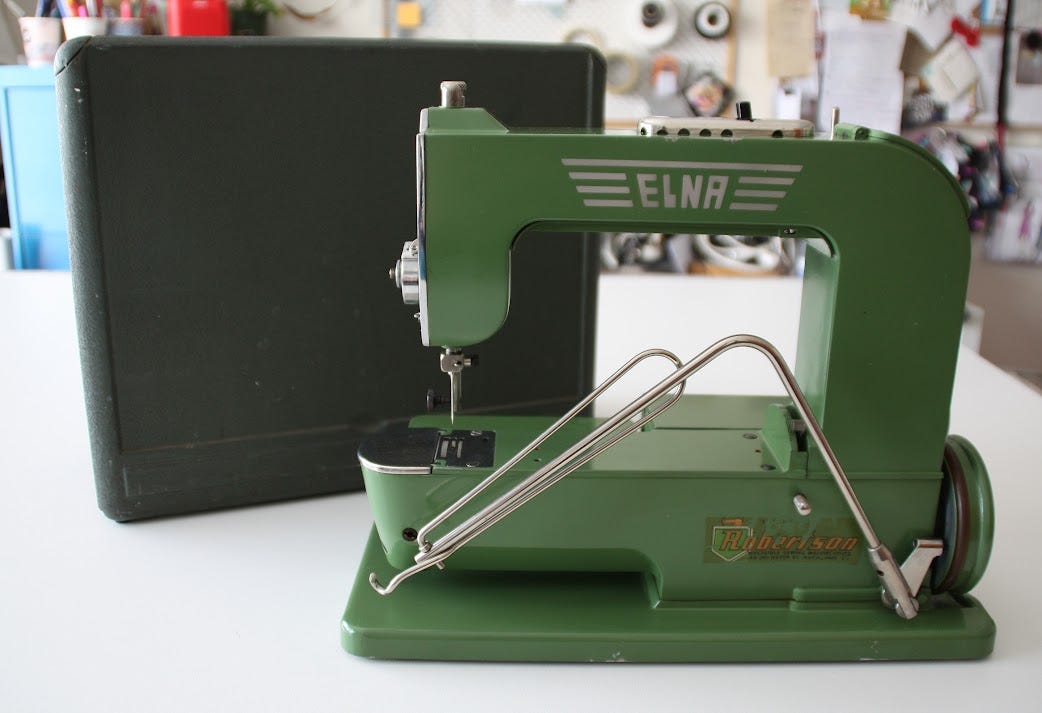
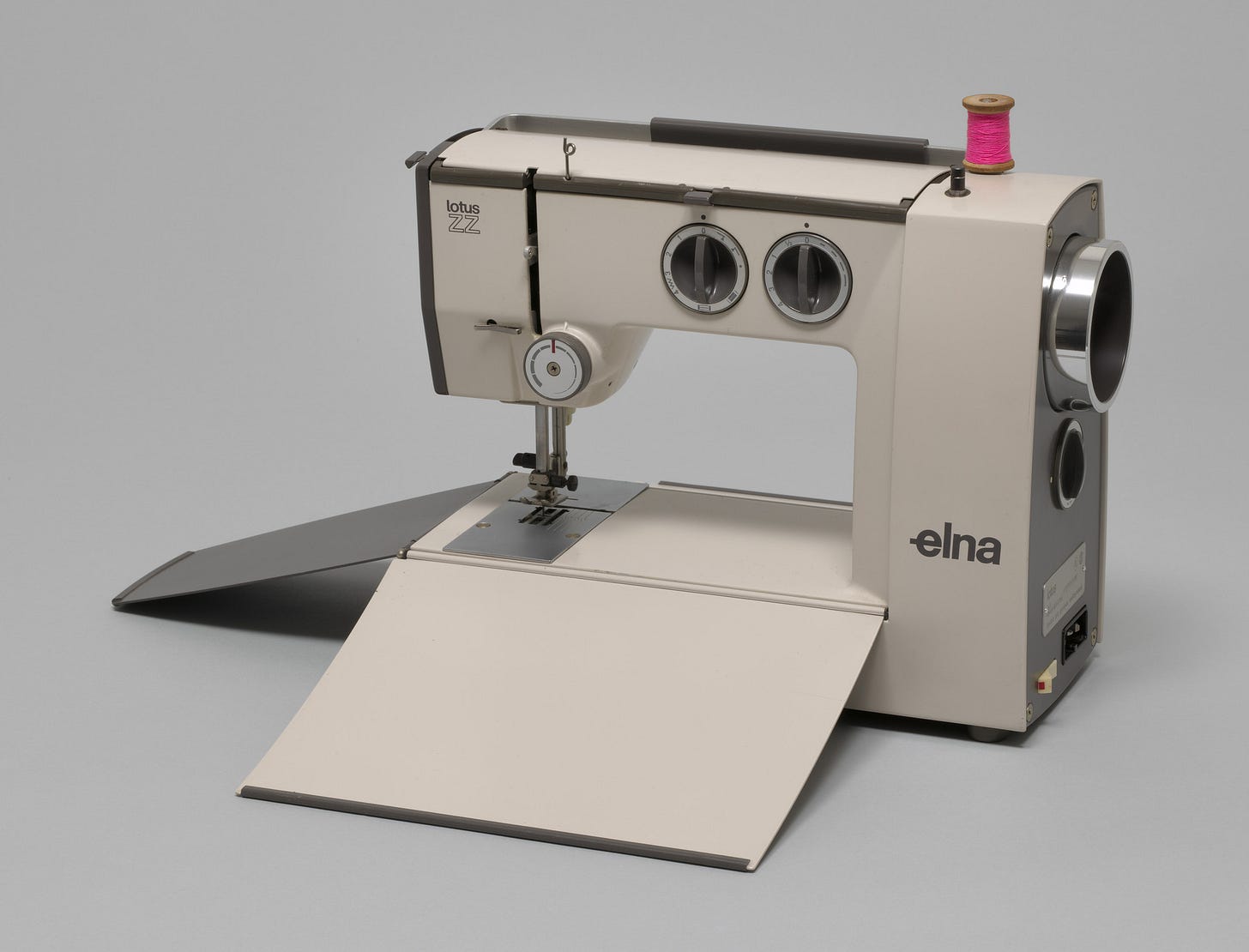
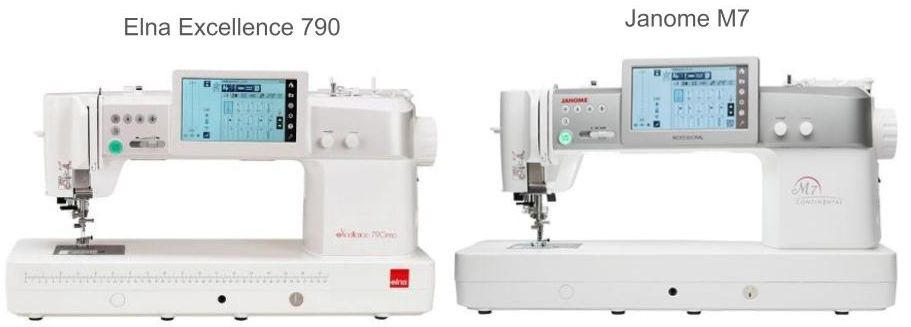
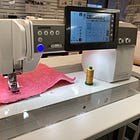
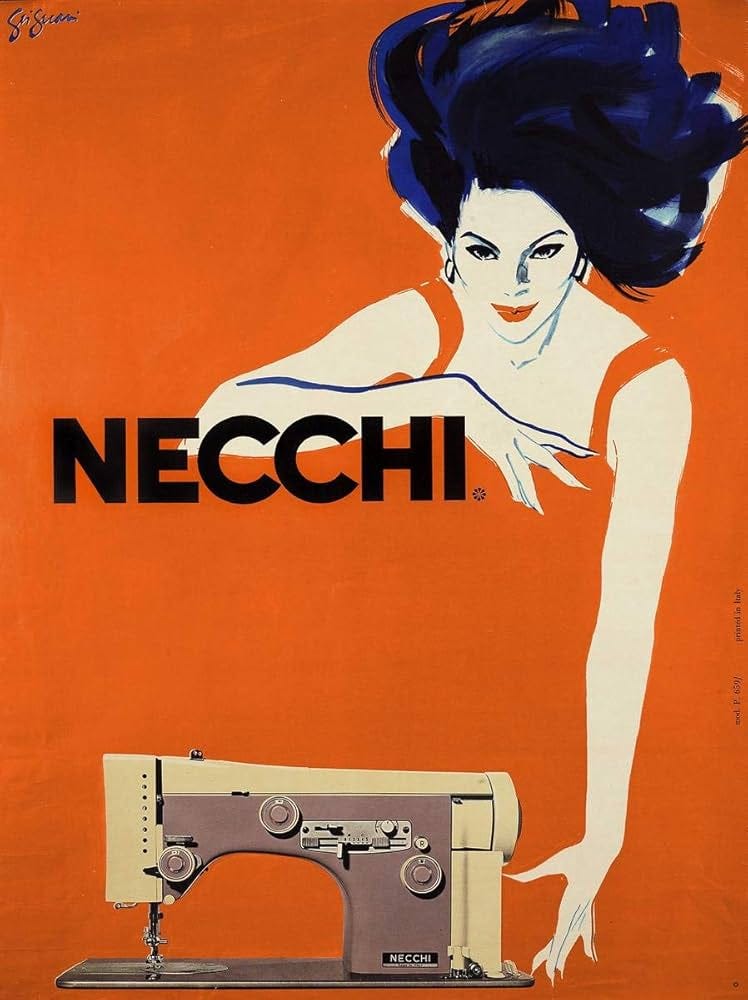
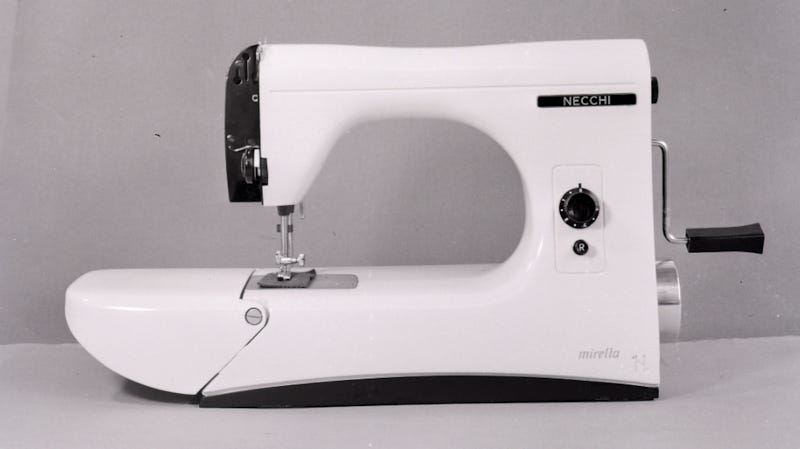
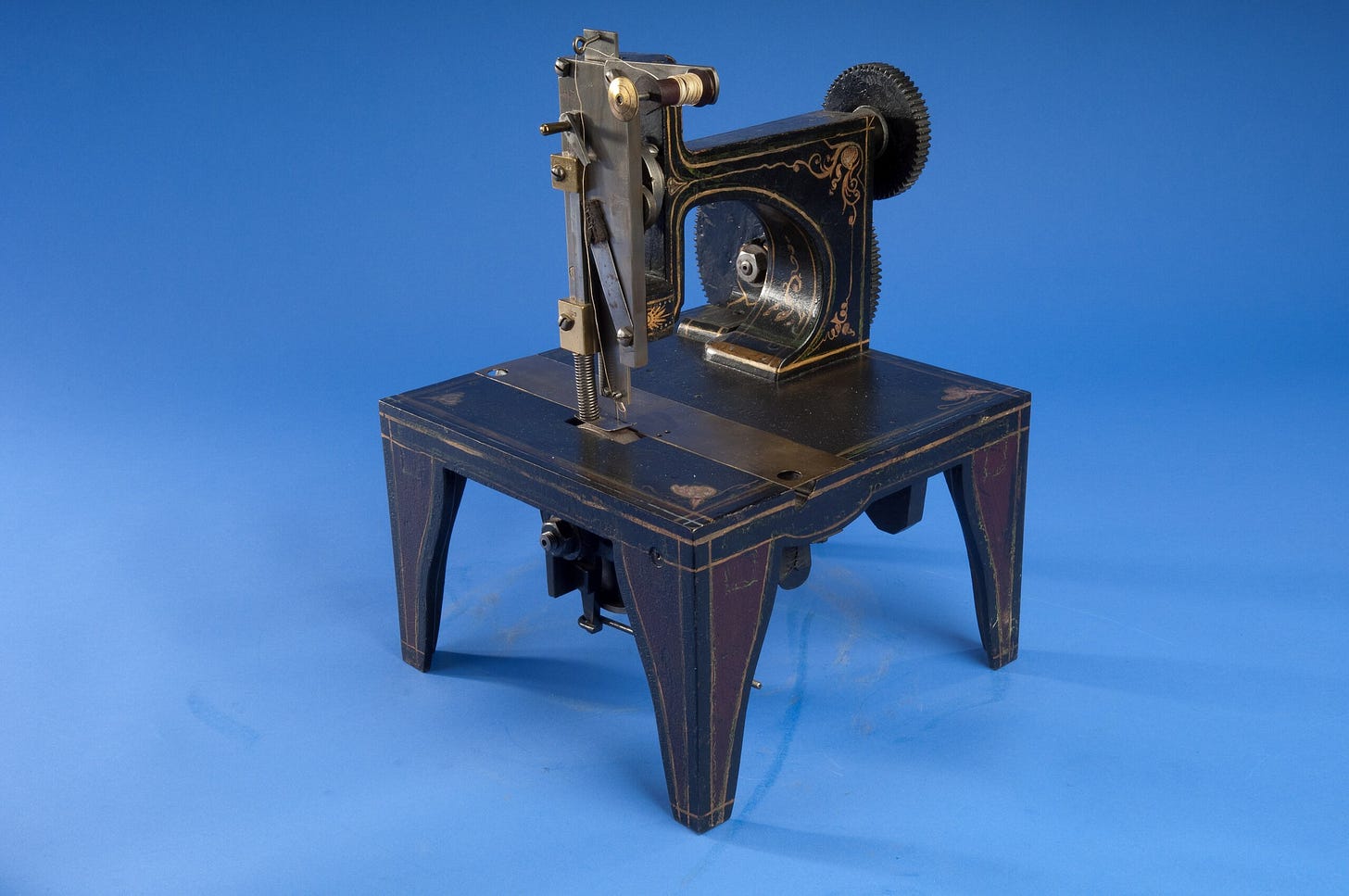
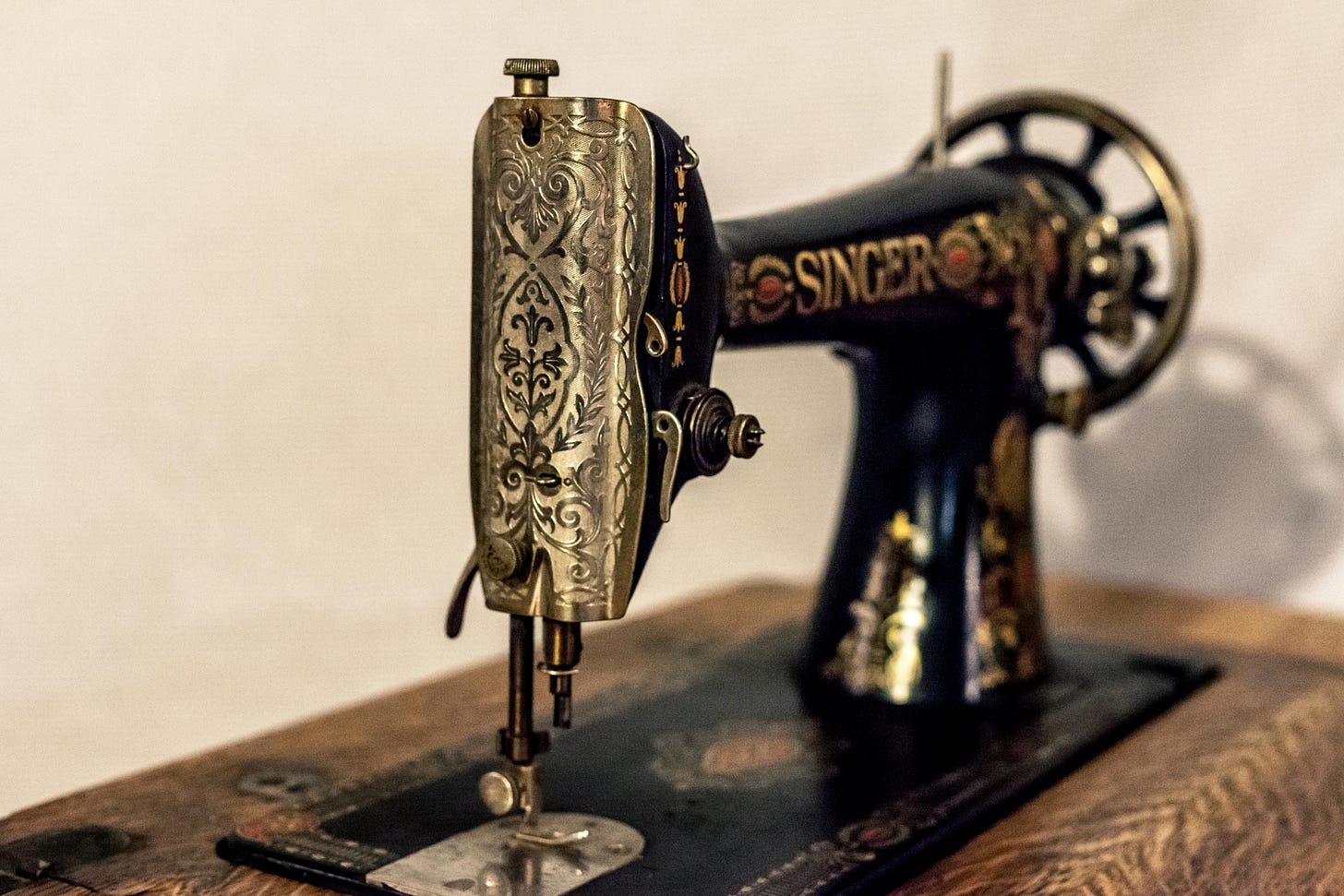
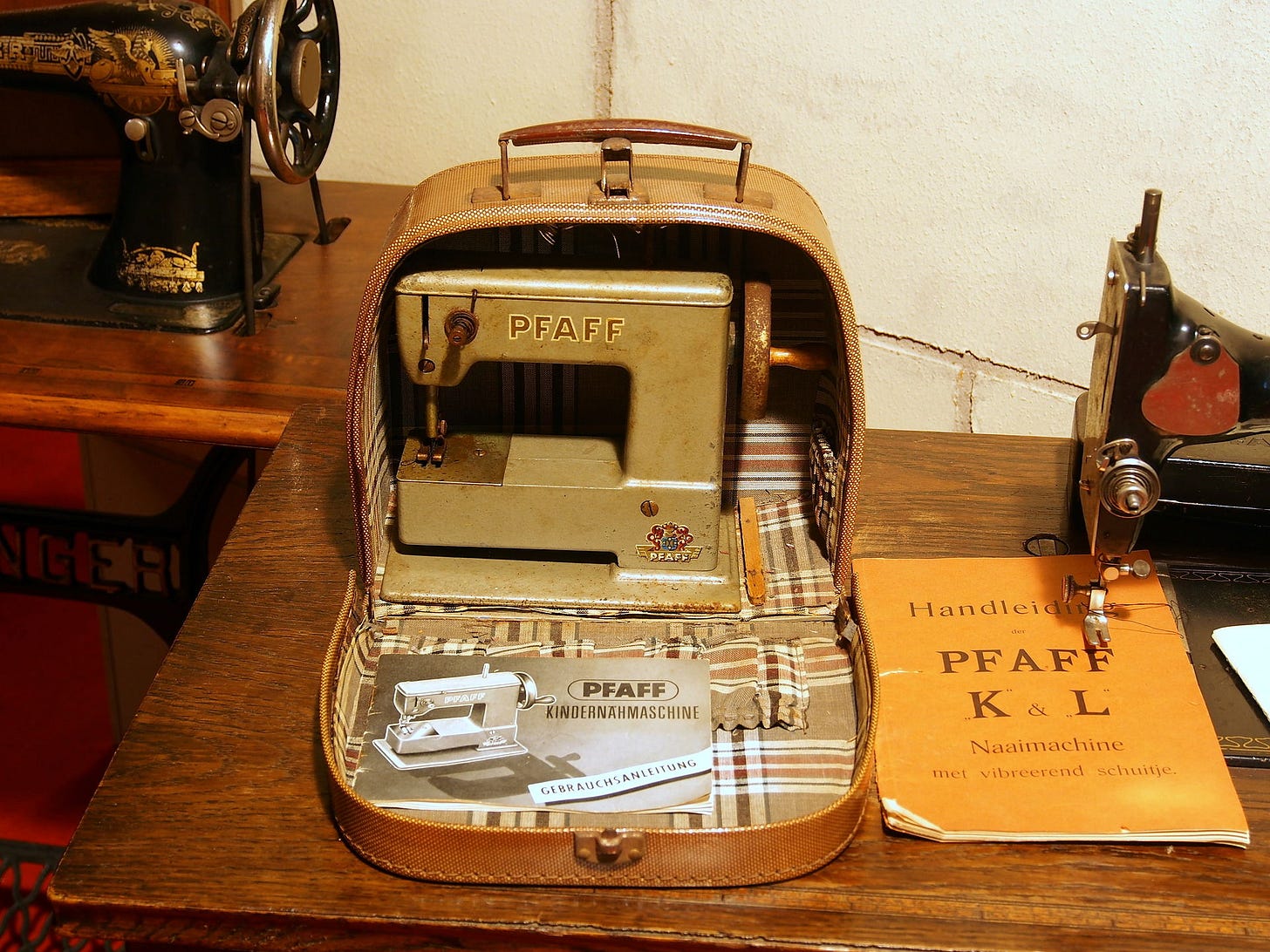
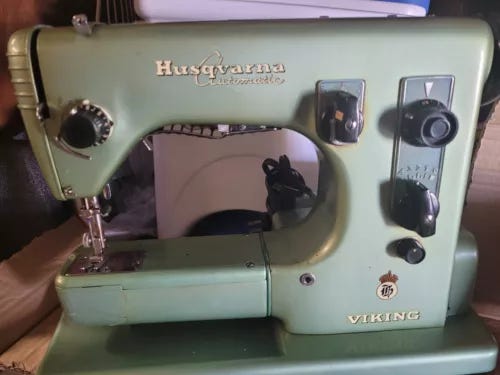
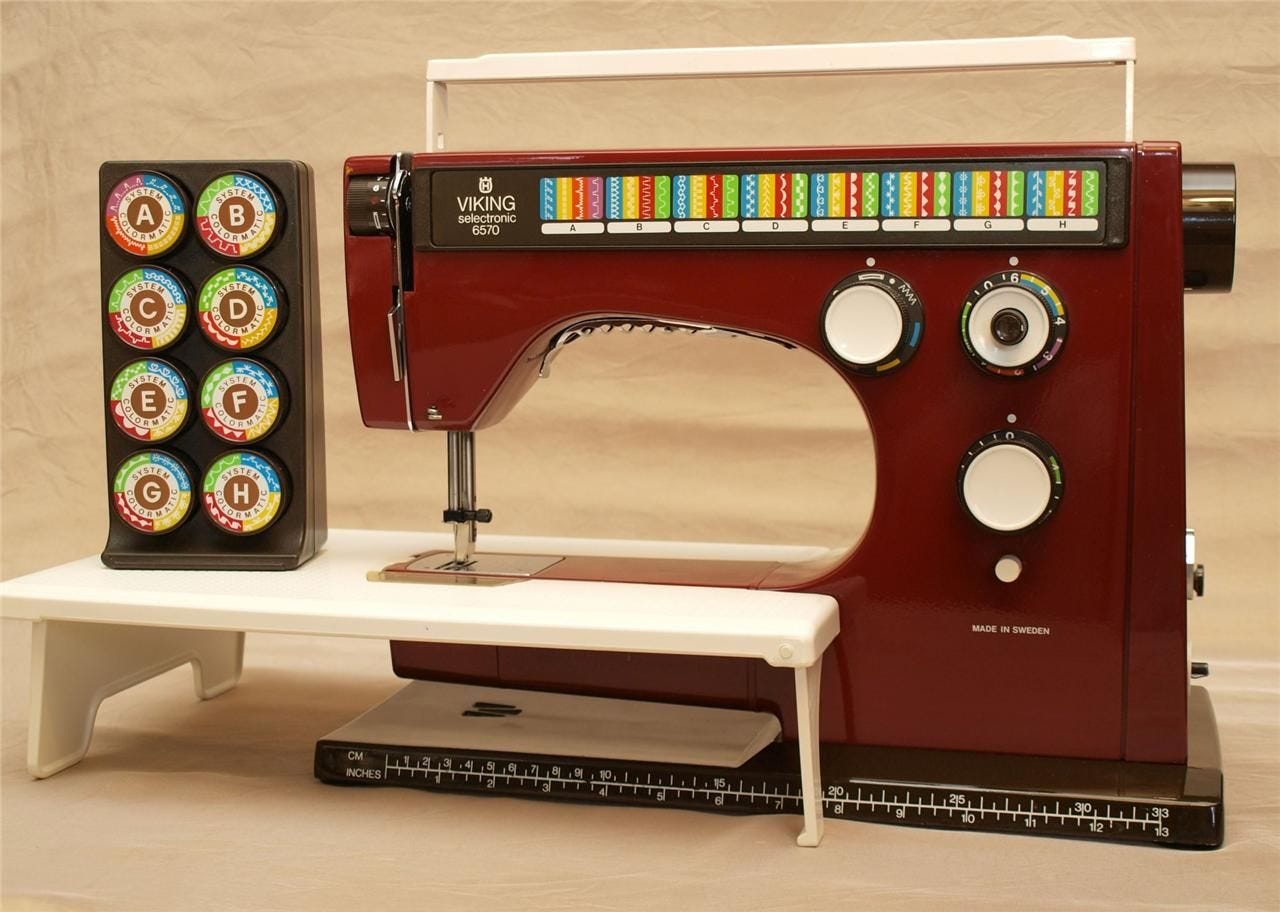
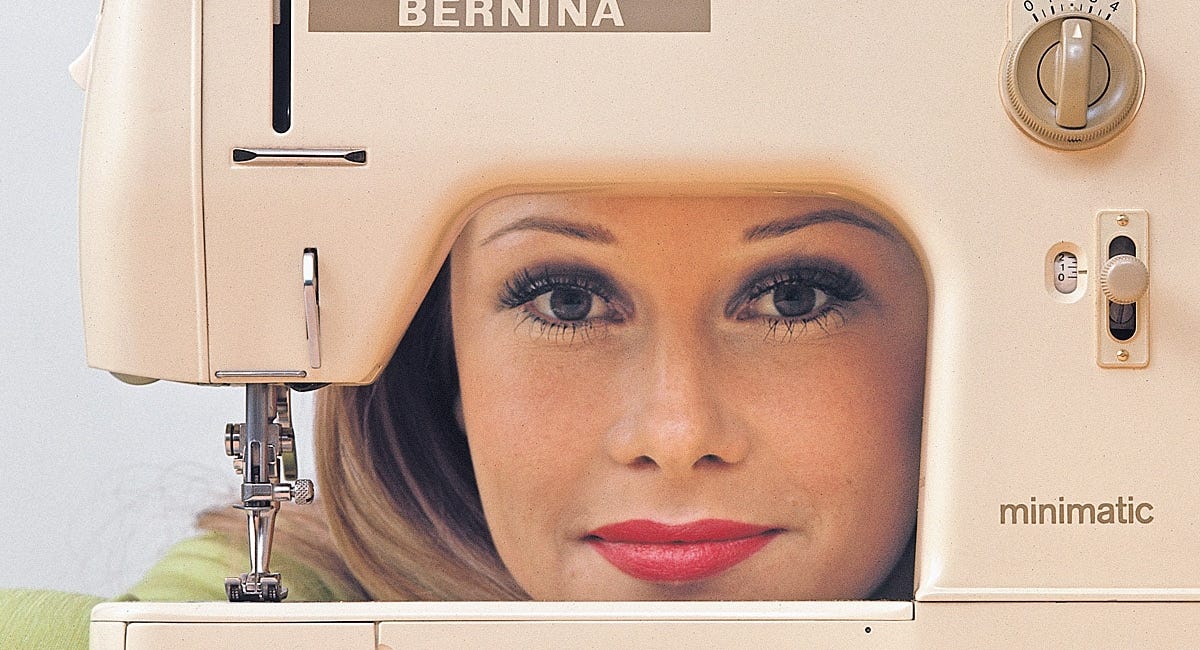
Thanks Cale. Other European manufacturing worth mentioning include Adler, Phoenix, vigorelli, and Davis. Not as mainstream as the ones you covered, but all made beautiful and capable machines in their day.
So glad I finally had a moment to read this article. I never want to feel time constrained while reading your articles. It is amazing and I feel sad that leverage, buyouts, bankruptcy has plagued so many companies. Bernina has been faithful to their customers and they produce an excellent machine. Thank you 😊